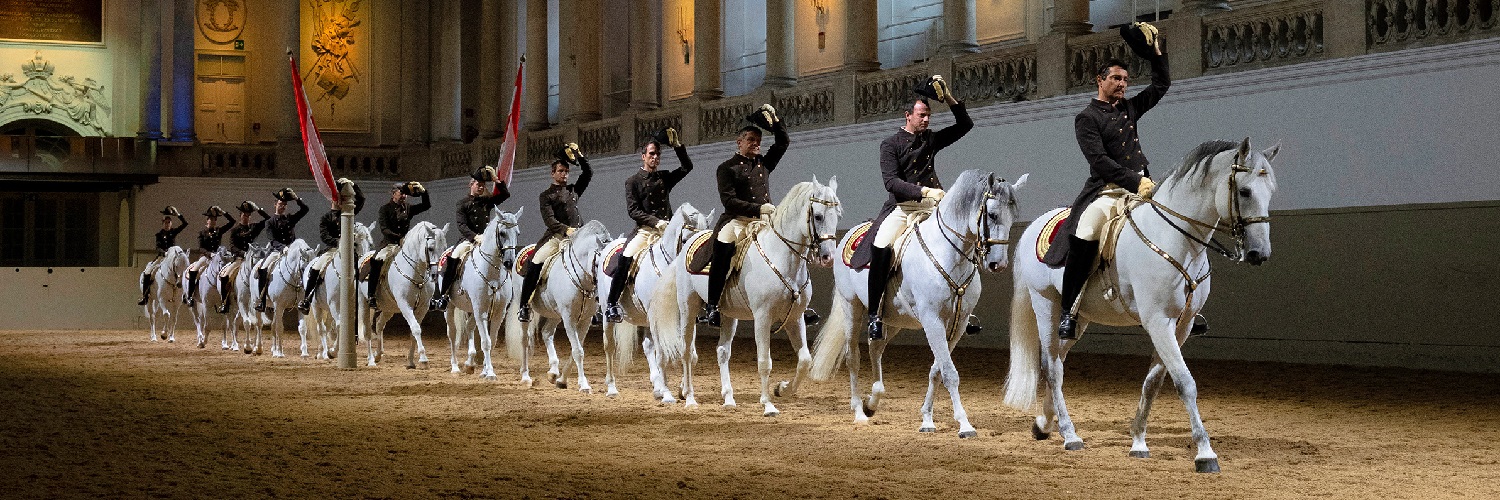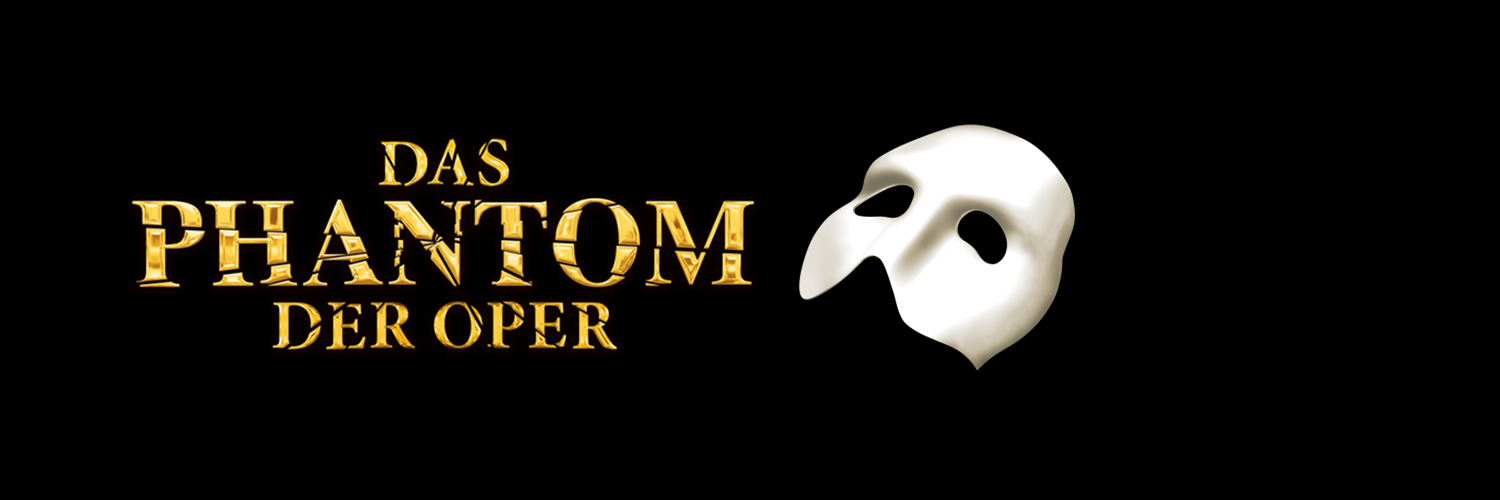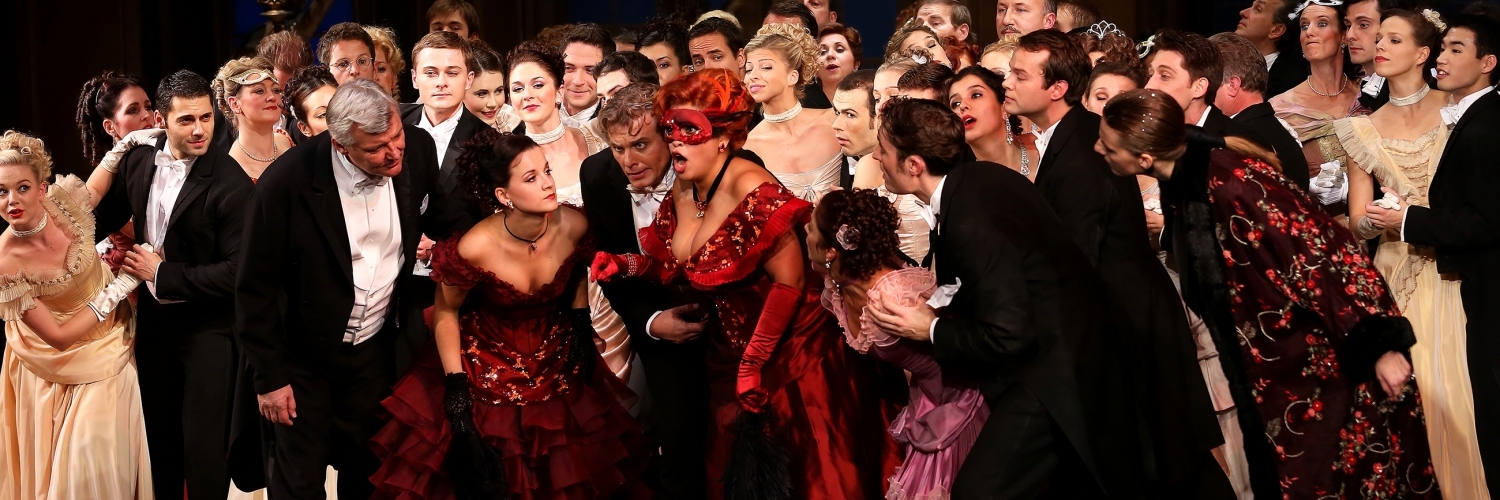Bullet Time - Schedule, Program & Tickets
Bullet Time
"Prove to me that horses can fly."
California 150 years ago. Eadweard Muybridge (1830-1904), who immigrated from England, is considered an enigmatic genius and excellent photographer. His landscape photographs commissioned by the state set standards. He worked tirelessly on new equipment and techniques to give wings to the still young medium of photography.
The railroad tycoon Leland Stanford - one of the richest men in the world at the time and a notorious horse lover - invited Muybridge to his ranch in Palo Alto and gave him an impossible task: Muybridge was to be the first to photograph a horse galloping without motion blur. Stanford hoped that this technical quantum leap would give him a competitive advantage for his horse breeding. In 1878, Muybridge finally achieved a sensation - the photo series of the galloping horse Occident went around the world and became an icon of modernity.
Wait. That's not the whole story. On October 17, 1874, Eadweard Muybridge drove up to the Yellow Jacket mines at night with a coachman, knocked on the door of a miner's hut, asked for an acquaintance named Harry Larkyns - and shot him in cold blood. The motive? Larkyns had an affair with Muybridge's wife, the young and independent Flora. Jealousy. Hurt masculinity. The later pioneer of cinema is a murderer. Was the birth of cinema soaked in blood? Is the shutter release of a camera related to the trigger of a gun?
Shortly afterwards, the increasingly eccentric Muybridge developed the zoopraxiscope, one of the first projection devices for moving images: the photographs of Occident came into motion again in front of an astonished and enthusiastic audience in Stanford's villa. Film was born - and with it the cinema. All of this happened in the area between San Francisco and Palo Alto, in the place we now call Silicon Valley.
BULLET TIME takes us back to the zero point of our media present. To the moment when images began to invade our reality en masse. Back to the time when technology and capital first became conspiratorial accomplices in California - and from then on, via Hollywood and Silicon Valley, would shape and regulate our ideas, our aesthetics and our behavior.
Alexander Kerlin has written a play for the Volkstheater from this rich material, and Kay Voges transforms the stage into a film set with a large ensemble. The result is a gripping courtroom thriller, a drama of the history of technology, an explosion of images and - despite everything - a declaration of love for storytelling, photography, cinema and theater.
Subject to change.
California 150 years ago. Eadweard Muybridge (1830-1904), who immigrated from England, is considered an enigmatic genius and excellent photographer. His landscape photographs commissioned by the state set standards. He worked tirelessly on new equipment and techniques to give wings to the still young medium of photography.
The railroad tycoon Leland Stanford - one of the richest men in the world at the time and a notorious horse lover - invited Muybridge to his ranch in Palo Alto and gave him an impossible task: Muybridge was to be the first to photograph a horse galloping without motion blur. Stanford hoped that this technical quantum leap would give him a competitive advantage for his horse breeding. In 1878, Muybridge finally achieved a sensation - the photo series of the galloping horse Occident went around the world and became an icon of modernity.
Wait. That's not the whole story. On October 17, 1874, Eadweard Muybridge drove up to the Yellow Jacket mines at night with a coachman, knocked on the door of a miner's hut, asked for an acquaintance named Harry Larkyns - and shot him in cold blood. The motive? Larkyns had an affair with Muybridge's wife, the young and independent Flora. Jealousy. Hurt masculinity. The later pioneer of cinema is a murderer. Was the birth of cinema soaked in blood? Is the shutter release of a camera related to the trigger of a gun?
Shortly afterwards, the increasingly eccentric Muybridge developed the zoopraxiscope, one of the first projection devices for moving images: the photographs of Occident came into motion again in front of an astonished and enthusiastic audience in Stanford's villa. Film was born - and with it the cinema. All of this happened in the area between San Francisco and Palo Alto, in the place we now call Silicon Valley.
BULLET TIME takes us back to the zero point of our media present. To the moment when images began to invade our reality en masse. Back to the time when technology and capital first became conspiratorial accomplices in California - and from then on, via Hollywood and Silicon Valley, would shape and regulate our ideas, our aesthetics and our behavior.
Alexander Kerlin has written a play for the Volkstheater from this rich material, and Kay Voges transforms the stage into a film set with a large ensemble. The result is a gripping courtroom thriller, a drama of the history of technology, an explosion of images and - despite everything - a declaration of love for storytelling, photography, cinema and theater.
Subject to change.
28
Th 19:30
Bullet Time
von Alexander Kerlin
von Alexander Kerlin
- Not available -






